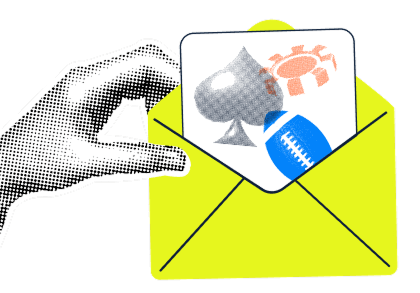 Author:
Webster Lupton
| Last Updated:
September 2025
Author:
Webster Lupton
| Last Updated:
September 2025
Implied probability helps you turn sports betting odds into win probabilities. Want to know exactly how the bookies view a -250 favorite’s chances of winning? (Hint, it’s 71.4%)
You can use implied probability to determine the likelihood of any betting outcome. This concept is also useful for uncovering value in lines and avoiding overpriced odds.
Let’s discuss how you can use an implied probability formula bet more like a sharp. We'll also break down probability vs. odds and show simple tricks for analyzing wagers.
Implied probability is the conversion of sportsbook odds into percentages. It gives you an idea of how bookmakers view a team’s chances of winning.
For example, implied probability would show you that +150 odds translate into a 40% win probability.
You can compare these percentages to true probabilities based on your own research and spot potential inefficiencies.
A bookmaker might have the Boston Celtics at -200 odds (66.7% win probability). If your research indicates the true odds are -300 (75%), you’d gain value on this bet.
Implied probability is also useful for separating a sportsbook’s profit margin—or overround—from the bookies’ listed odds.
For instance, you might run the implied probability formula on two teams and find they have 62% and 42.5% probabilities. These numbers add up to 104.5%, indicating a 4.5% overround (a.k.a., vig) for the sportsbook.
How to Calculate Implied ProbabilityThe implied probability formula differs for American, decimal, and fractional odds. Let’s discuss how you can quickly run calculations to convert odds to probability.
The formula for calculating decimal odds implied probability is: (1 / decimal odds) * 100
We’ll make this formula clearer by giving you an example:
American odds are unique because they require different formulas for positive and negative odds.
We’ll use a game between the Kansas City Chiefs (-300) and the Denver Broncos (+235) for examples of each.
Let’s start with negative American odds:
Here’s the math on positive odds:
Let’s finish our discussion on formulas by looking at the fractional odds version: denominator / (denominator + numerator) * 100.
Here’s a scenario involving the fractional implied odds formula:
Implied probability can give you a deeper look at a wager to help you decide if it’s worth it.
For starters, you can figure out if a sportsbook’s overround is fair. Going back to our Chiefs-Broncos examples, their implied probabilities add up to 104.9% (75 + 29.9). The extra 4.9% is the bookmaker’s theoretical profit margin.
A 4.9% overround is fair compared to the average moneyline. You’ll want to be careful, though, once the overround hits 7% and beyond.
Implied probability helps out with another concept called expected value (EV). This term refers to whether you’re getting positive (+EV) or negative (-EV) value on a wager.
You start by determining the bookie’s implied probability on a bet. Once you know this, compare your perceived true odds/probability with the sportsbook’s probability.
Overall, implied probability is useful for a long-term approach to sports betting. It doesn’t guarantee you success on the next bet. However, it can be powerful when combined with expected value and ensuring overrounds are reasonable.
A sharp bettor has many tools for winning, and implied probability is one of them. So how do you use this skill to become more like sharps?
The first thing you can do is remove the overround from implied probabilities. This step will give you a more accurate representation of what sportsbooks are thinking.
A quick way to remove the overround involves dividing each team’s implied probability by their combined percentages.
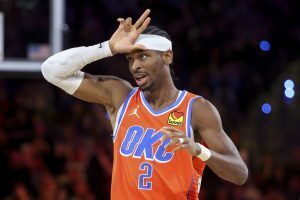
Here’s an example:
We still prefer including the vig in our overall strategy because it provides a complete picture. Again, though, these no-vig probabilities give you a closer result for what sportsbooks truly think.
Another aspect behind using implied probability like a sharp is knowing how to properly calculate value.
Simply put, you study various factors (e.g., stats, matchups, injuries) to determine the true odds. You then subtract the sportsbook’s figures from your own.
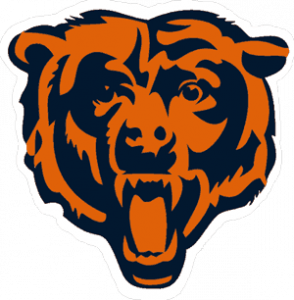
Here’s an example:
You can see where implied probabilities become important when figuring out if a betting outcome offers long-term value.
Common Implied Probability MistakesIf you’re asking how to calculate implied probability from odds, this tool does it for you in a snap. Enter the line and it returns the book’s win percentage, plus handy conversions.
Use it to compare the book’s number to your own projection. If your true chance is higher than the implied rate, you’re closer to a +EV bet. If it’s lower, pass.
You can also flip it and input a percentage to see fair American odds. That helps with line shopping and avoiding prices that look good but don’t carry the win rate you need. Run this check before you bet to keep your decisions sharp.
Implied probability isn’t overly complicated once you have the formulas down. But like any betting concept, it leads to mistakes when used improperly. Here are a few potential pitfalls to avoid.
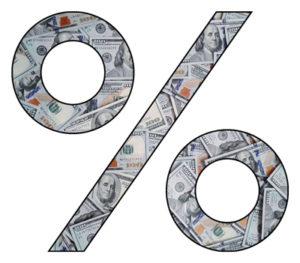
If you’re putting the work into calculating implied probability, you might as well figure out the overround, or vigorish, too. You simply add up implied probabilities for all associated outcomes (e.g., 48.5% + 56% = 105.5%, or 5.5% vig).
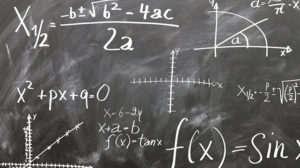
You always want to use the correct formula for the relevant odds. Also, don’t mix up the positive and negative American odds formulas. Other mistakes to avoid include putting numbers in the wrong places and writing/typing the formula wrong.

The next step to success is combining implied probabilities with expected value. This involves comparing your true odds against the bookmaker and seeing if you’re getting +EV. However, we caution against being overly confident because most sportsbooks lines are pretty tight.
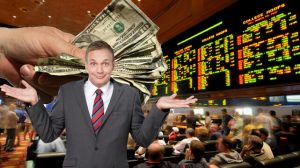
A common square bettor mistake is to calculate implied probability, only to guess if the sportsbook is right/wrong afterward. You should do proper analysis of stats, injuries, and trends when determining true odds.
What's the difference between true odds and implied odds?

Answer
Webster Lupton , Author at GamblingNerd.com,
True odds represent the mathematical probability of an event, like 50/50 on a coin flip. Implied odds incorporate the sportsbook’s vig on each wager, so -110 isn’t 50%, but 52.38%.
How do parlays affect implied probability?

Answer
Webster Lupton , Author at GamblingNerd.com,
Parlay odds are multiplied, so the overall implied probability is lower than for each individual leg. The risk is higher for parlays, though, so sportsbooks can charge lower vig.
Can implied probability help with bankroll management?

Answer
Webster Lupton , Author at GamblingNerd.com,
Yes. Knowing the implied probability of a line helps you make smarter decisions about risk. Many bettors tie this into expected value calculations or use formulas like the Kelly Criterion to size bets appropriately.
Whenever you place a wager, it’s worth it to examine the odds vs probability. The implied probability gives you insight into the bookmaker’s take on the odds.
You’ll gain even more value from implied odds when combining them with expected value. Assuming the EV is positive, you’ve got a worthwhile bet on your hands.
If you’d like to put your newfound implied probability skills to the test, you can do so at our top sports betting sites. We’ve ranked these online sportsbooks high due to their favorable odds, betting markets, bonuses, safety, and customer service.

Webster Lupton is a veteran journalist, editor, author, and gambler. His book, A Place to Play, is a deep-dive on baseball history in North Carolina. Web enjoys camping, birdwatching, and fishing. From North Carolina, he likes betting on college basketball as well as NFL and college football. He’s a lifelong NY Giants fan.
